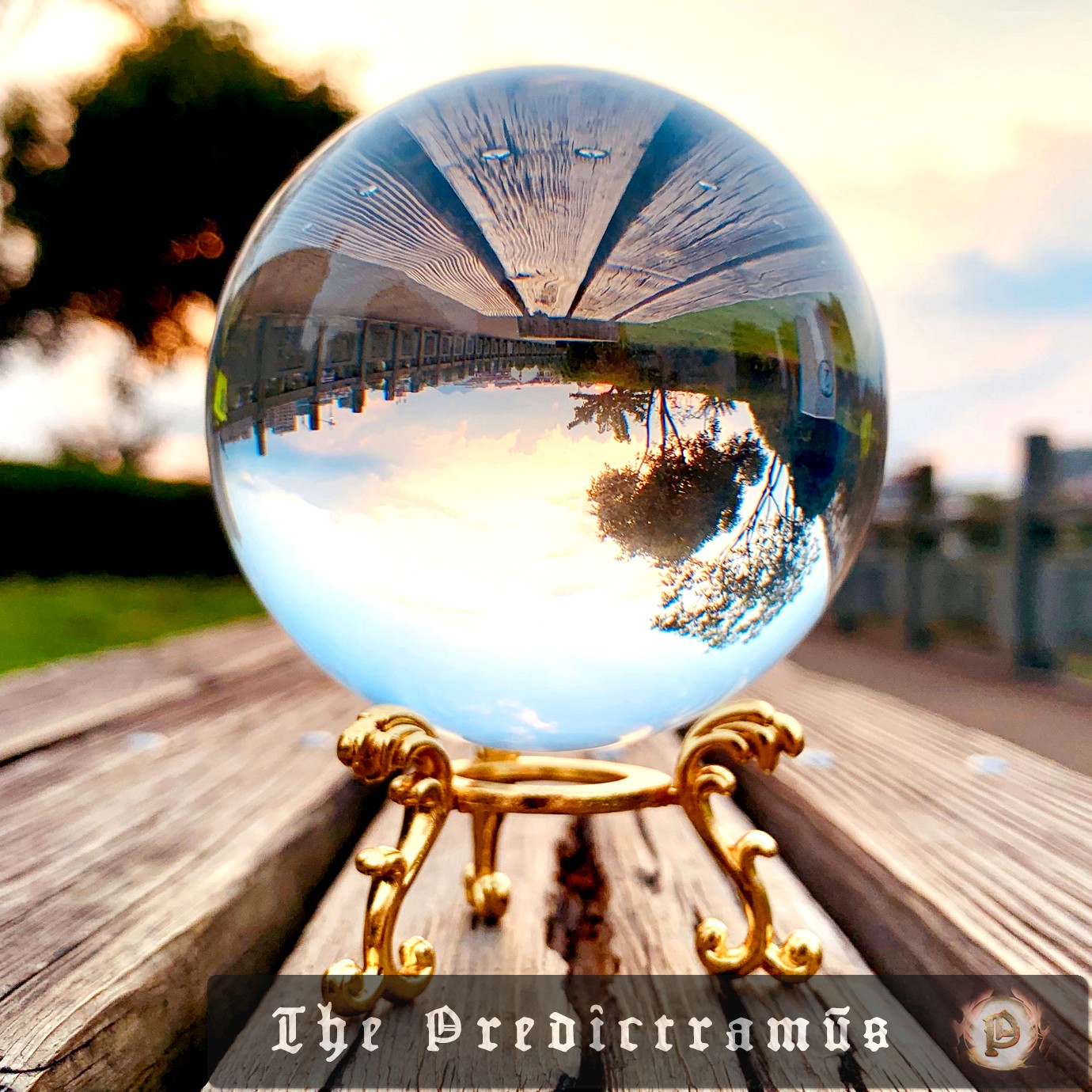A recent study by the CosmoVerse consortium has revealed a significant discrepancy in the expansion rate of the universe, known as the Hubble tension. This discrepancy arises from the difference between the predicted expansion rate based on the cosmic microwave background (CMB) and the observed expansion rate from local measurements. The tension has sparked a…
Science on The Soothsayer / page 9
Journalist Rebecca Tuhus-Dubrow’s book “Atomic Dreams” explores the complexities of nuclear energy, highlighting both its advantages and disadvantages. Despite concerns about safety and waste management, nuclear power plants seem to foster a strong safety culture, and proponents argue that it is a clean energy source that can help mitigate climate change. However, the risks associated…
Independent measurements of the charge radius of the helium-3 nucleus using two different methods have yielded significantly different results, prompting a re-evaluation of underlying theory. The discrepancy hints at physics beyond the Standard Model of particle physics. Theoretical calculations inspired by the results may have already resolved the discrepancy. Forecast for 6 months: Theoretical physicists…
Scientists in Singapore have developed a groundbreaking paint that reflects sunlight and cools surfaces by slowly evaporating water. This innovative material combines three cooling strategies: radiative cooling, evaporative cooling, and solar reflection, making it an effective solution for hot and humid climates. The paint’s porous structure holds water and slowly releases it, like the body…
A multinational team of researchers has identified potential pitfalls in the evaluation and measurement of algorithmic bias in AI radiology models. They suggest best practices and future directions to mitigate bias in three key areas: medical image datasets, demographic definitions, and statistical evaluations of bias. The team emphasizes the importance of accurate measurements of race-…
Mathematicians Juan Aguilera, Joan Bagaria, and Philipp Lücke have discovered two new cardinals that defy the traditional hierarchy of infinities, sparking a new wave of research in set theory. Their findings suggest that the mathematical universe is more complex and chaotic than previously thought, with far-reaching implications for our understanding of infinity. Forecast for 6…
The recent article from Science News highlights the ongoing struggle to teach evolution in schools across the United States. From the Scopes trial in 1925 to the present day, there have been numerous attempts to undermine the teaching of evolution, with creationism and intelligent design being used as alternatives. Despite setbacks, the fight for science…
Scientists at the European X-ray Free Electron Laser (XFEL) have made a groundbreaking discovery by capturing the first detailed view of the microstructure of liquid carbon. This achievement will help refine models of liquid carbon, enabling important insights into the role it plays in the interior of ice giant planets like Uranus and Neptune. The…
Researchers have discovered that the Bogong moth, a species found in Australia, uses the stars to navigate its annual migration to the Snowy Mountains. The moths, which are the first known invertebrates to use stellar cues for navigation, fly over 1,000 kilometers to reach their destination, a feat that is comparable to humans using the…
A team of researchers at the University of Rochester has developed a new solid-state laser that can make precise optical measurements at a vast number of points per second, while sweeping across a broad range of optical wavelengths. This breakthrough could lead to the miniaturization of optical metrology, with potential applications in fields such as…










